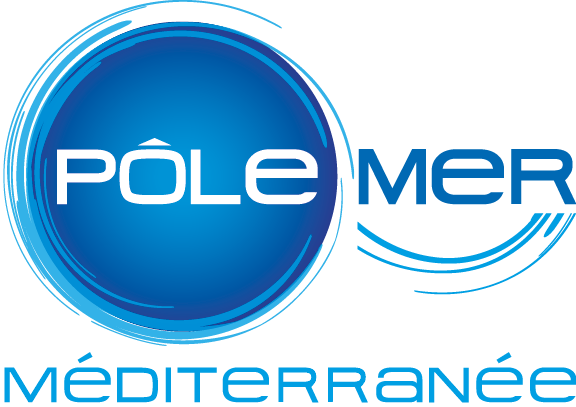Regulatory environmental impact assessments (EIA) of offshore wind farms (OWF) are mandatory to foresee
and monitor putative effects of OWF on the marine environment. The distribution, behaviour and space use of
marine mobile species such as fish and large crustaceans, are expected to be influenced by OWF in relation to
a large array of ecological underlying effects – including the ‘artificial reef effect’, ‘temporary fish aggregation
effect’, ‘cable electromagnetic fields (EMF) effects’, ‘steppingstone effect’, ‘loss of habitat’, and ‘acoustic
disturbances’- which can, ultimately affect population dynamics. These effects need to be quantified through
comprehensive and long-term monitoring, considering the ecological functions and socio-economic
importance of these species. Currently, empirical evidence is sparse as the sampling design of traditional
surveys used in EIA is usually not sufficient or adapted to detect and quantify these effects. FISHINTEL and
FISHOWF, both launched in 2021, successfully developed a monitoring strategy within OWF using acoustic
telemetry and demonstrated the relevance of this approach to investigate OWF effect on marine mobile species
in their natural environment. FISHOWF+ will build on the expertise and new knowledge produced by those
projects to investigate specific interactions between fish assemblages and OWF across 7 sites, and to better
understand the ecological consequences of OWF. In this context, FISHOWF+ aims to (i) promote and facilitate
the integration of acoustic telemetry into marine monitoring frameworks for informed decision-making, (ii)
characterise occupancy patterns and space use of fish within and across OWF at different development phases,
(iii) identify the in situ movements of electro-sensitive fish around subsystems emitting EMF, (iv) address
knowledge gaps on regional connectivity and species functional zones to determine overlap with OWF
development zones and, (iv) integrate France tracking effort and results into European collaborations and
address questions relating to effects of OWF development on fish migration at north-east Atlantic scale.

Fish OWF +
Project Status :
In progress
Project leader :
France Energies Marines
Industrial partners :
Pôle Mer Mediterranée, CRPMEM Normandie, EDF Renouvelables, Iberdrola, RWE, RTE, Total Energies, GIS Eolien, Société EMYN, Pôle MIAME - INRAE, Ifremer, CRPMEM Occitanie
Partenaires recherche :
MNHN, APECS, Université de Perpignan, VLIZ, Ecocean, Sorbonne Université (TBC), Université de Caen,
Année de labelisation :
2024

